Freshwater fish play a vital role in the delicate balance of our planet’s ecosystems. They are not just one of the most diverse groups of vertebrates, but they also contribute to the health and biodiversity of our rivers, lakes, and wetlands.
Unfortunately, these amazing creatures are facing numerous threats that jeopardize their survival.
In this article, we will explore the importance of freshwater fish and the conservation efforts being undertaken to protect them.
Understanding the Importance of Freshwater Fish
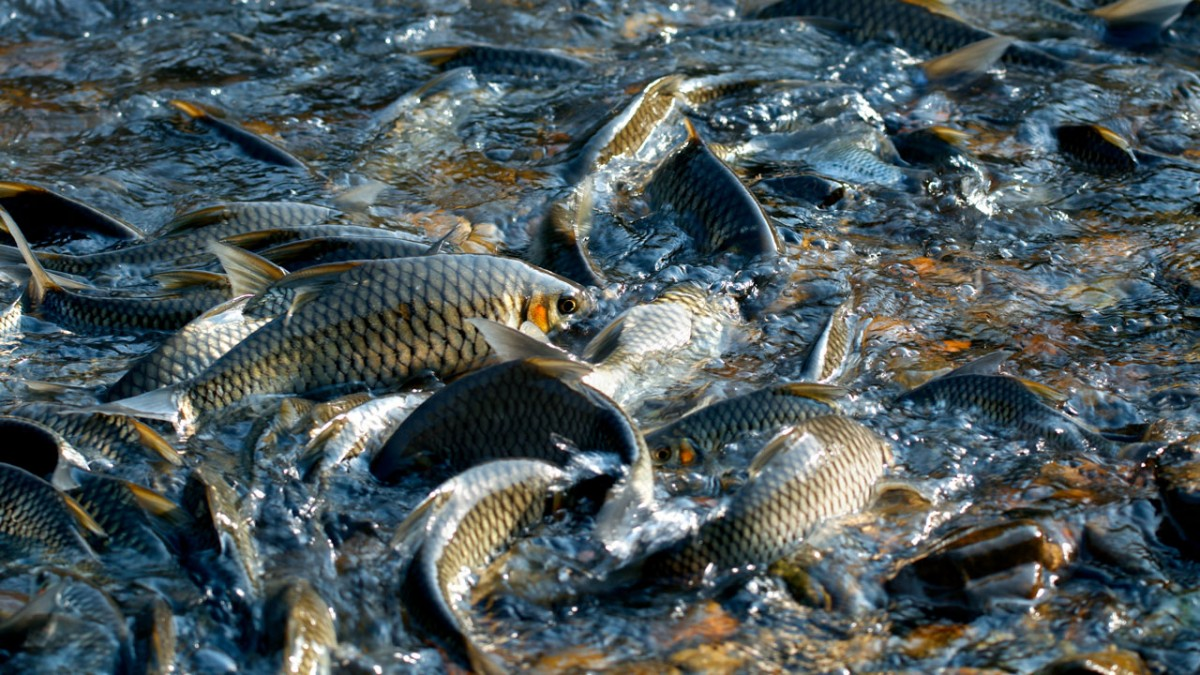
When we think of marine life, the colorful and majestic creatures of coral reefs often come to mind. However, the significance of freshwater fish cannot be overlooked.
These fish species serve as key indicators of the environmental health of rivers, lakes, and wetlands. They help maintain water quality by controlling populations of aquatic insects and other organisms, thereby ensuring the overall balance of these fragile ecosystems.
Freshwater fish are not only beautiful and diverse, but they also play a vital role in the functioning of aquatic ecosystems.
These fish have adapted to various habitats, from fast-flowing rivers to calm lakes, and have developed unique characteristics to survive in these environments.
Their ability to thrive in different conditions makes them excellent indicators of water quality and ecosystem health.
The Role of Freshwater Fish in the Ecosystem
One of the crucial roles of freshwater fish is their contribution to nutrient cycling. Fish excrete waste that contains essential nutrients like nitrogen and phosphorus. This waste acts as natural fertilizer for aquatic plants, stimulating their growth and creating habitats for other organisms.
The presence of fish in a water body ensures a continuous supply of nutrients, which is essential for the overall productivity and stability of the ecosystem.
In addition to nutrient cycling, freshwater fish also help in the control of aquatic populations. They feed on smaller organisms such as insects and plankton, preventing their overpopulation.
By regulating these populations, fish help maintain the delicate balance of the ecosystem. Without their presence, certain species may become dominant, leading to imbalances and potential ecological disruptions.
Economic and Cultural Significance of Freshwater Fish

The economic and cultural importance of freshwater fish extends far beyond the waters they inhabit, encompassing a myriad of factors that influence both human societies and the delicate balance of freshwater ecosystems.
At the heart of this intricate tapestry lies the concept of freshwater biodiversity. The array of fish species dwelling in our rivers, lakes, and streams contributes significantly to the overall health of these aquatic habitats.
However, a surge in conservation challenges, such as the spread of invasive species like the notorious invasive carp, has placed many native and valuable species under the looming shadow of extinction risk.
The legal framework, embodied by the Endangered Species Act, plays a pivotal role in protecting imperiled species.
This legislation, aimed at preserving the delicate balance of freshwater systems, emphasizes the critical need for water quality management and maintaining the natural flow regime of rivers.
While these efforts primarily focus on safeguarding aquatic habitats, the repercussions of such conservation initiatives extend to terrestrial conservation and even impact marine ecosystems. The interconnectedness of the planet’s water systems underscores the necessity for a comprehensive approach to freshwater fish conservation.
Moreover, the economic value of fisheries, supported by various management interventions, highlights the significance of these aquatic species as a natural capital.
As we grapple with the ever-increasing challenges posed by climate change, biodiversity loss, and human activities, prioritizing the sustainable use of freshwater resources becomes paramount for ensuring a healthy planet.
In essence, the economic and cultural significance of freshwater fish transcends the boundaries of rivers and lakes.
It involves a delicate dance between conservation efforts, scientific information, and the collective responsibility of individuals, communities, and nations to act as stewards of this precious and dwindling resource.
Only through innovative solutions, informed by sound science and guided by a commitment to water stewardship, can we navigate the currents of the 21st century and secure a future where freshwater fish thrive across the world’s water landscapes.
Threats to Freshwater Fish Populations
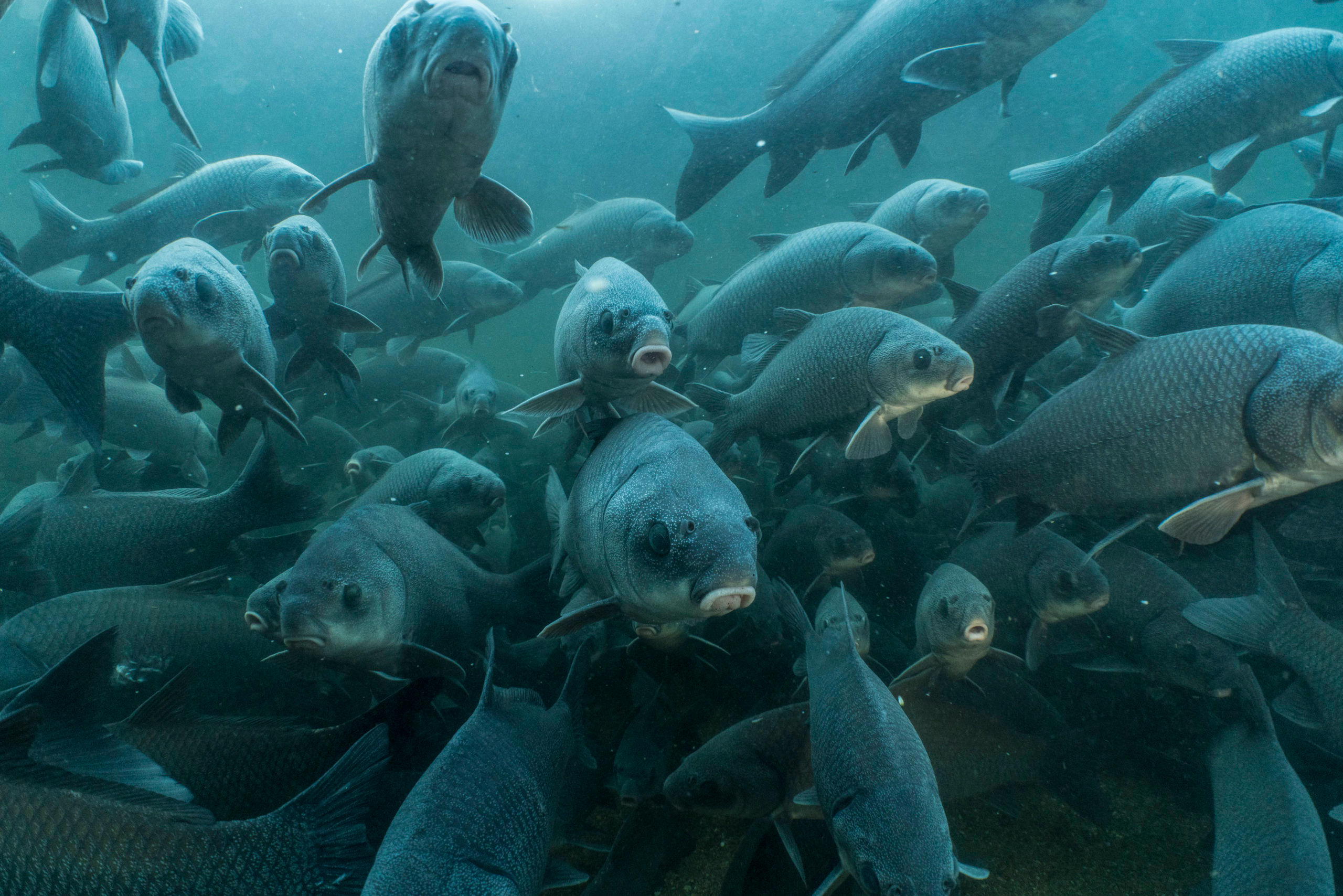
Despite their importance, freshwater fish populations are facing an alarming decline due to various threats. These threats include climate change, overfishing, and pollution, all of which pose a significant challenge to their survival.
Impact of Climate Change on Freshwater Habitats
Climate change has led to rising water temperatures, altered precipitation patterns, and increased frequency of extreme weather events. These changes directly impact freshwater habitats, affecting the availability of suitable spawning grounds and disrupting critical ecological processes.
Additionally, warmer water temperatures can reduce oxygen levels and increase the susceptibility of fish to diseases and parasites.
For example, in the rivers of the Amazon basin, home to countless freshwater fish species, climate change has caused prolonged droughts and reduced water flow.
This has resulted in the loss of important breeding grounds for species like the arapaima, one of the largest freshwater fish in the world. The arapaima relies on flooded forests for reproduction, but with reduced water levels, their ability to spawn and rear their young is severely compromised.
Furthermore, climate change-induced shifts in precipitation patterns can lead to increased sedimentation in rivers and lakes. Excessive sedimentation can smother fish eggs and suffocate aquatic plants, disrupting the delicate balance of freshwater ecosystems.
Overfishing and its Consequences
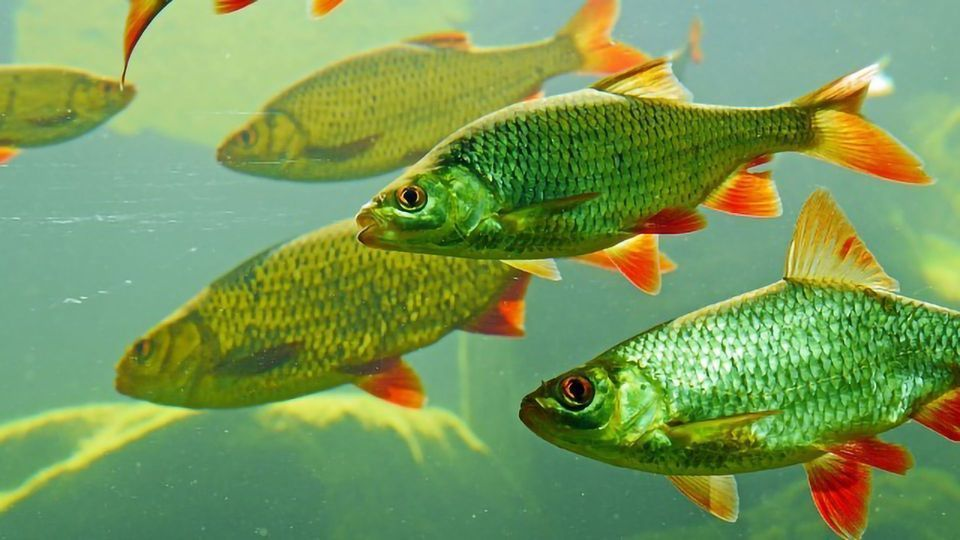
Overfishing occurs when fish are harvested at a rate that exceeds their ability to reproduce and replenish their populations. This practice disrupts the natural balance and can lead to population collapses, impacting not only the fish species targeted but also the entire ecosystem that relies on them.
Overfishing is especially damaging in freshwater systems with slow-growing fish species that have limited reproductive capacity.
In the Great Lakes region of North America, overfishing has had devastating effects on the lake trout population. Once abundant, the lake trout population declined drastically in the mid-20th century due to intensive commercial fishing.
The collapse of the lake trout population had far-reaching consequences, as it disrupted the food web and led to an explosion of invasive species, such as the sea lamprey, which preyed upon other native fish species.
Moreover, overfishing can have socio-economic impacts on local communities that depend on freshwater fish for food and livelihoods. When fish populations decline, it not only affects the ecological balance but also the economic well-being of communities that rely on fishing as a primary source of income.
Pollution and Habitat Destruction
Pollution from agricultural runoff, industrial activities, and urban development poses a significant threat to freshwater fish. Chemical contaminants, such as fertilizers and pesticides, find their way into water bodies, causing water pollution and habitat degradation.
Additionally, construction of dams and the channelization of rivers disrupt critical habitats, altering the flow of water and fragmenting populations.
In the Yangtze River in China, pollution from industrial waste and agricultural runoff has severely impacted the Chinese sturgeon population. The Chinese sturgeon, an ancient and endangered species, relies on the Yangtze River for spawning.
However, pollution has degraded the water quality and destroyed important spawning grounds, pushing the Chinese sturgeon to the brink of extinction.
Habitat destruction is another consequence of pollution and human activities. The construction of dams for hydropower generation and irrigation purposes has resulted in the loss of free-flowing rivers and the fragmentation of fish populations.
This disrupts migration patterns and prevents fish from accessing important habitats for feeding and reproduction.
The threats facing freshwater fish populations are multifaceted and interconnected. Climate change, overfishing, and pollution all contribute to the decline of these vital aquatic species.
It is crucial to address these threats through sustainable fishing practices, pollution control measures, and the preservation and restoration of freshwater habitats to ensure the long-term survival of freshwater fish populations and the ecosystems they support.
Current Conservation Strategies
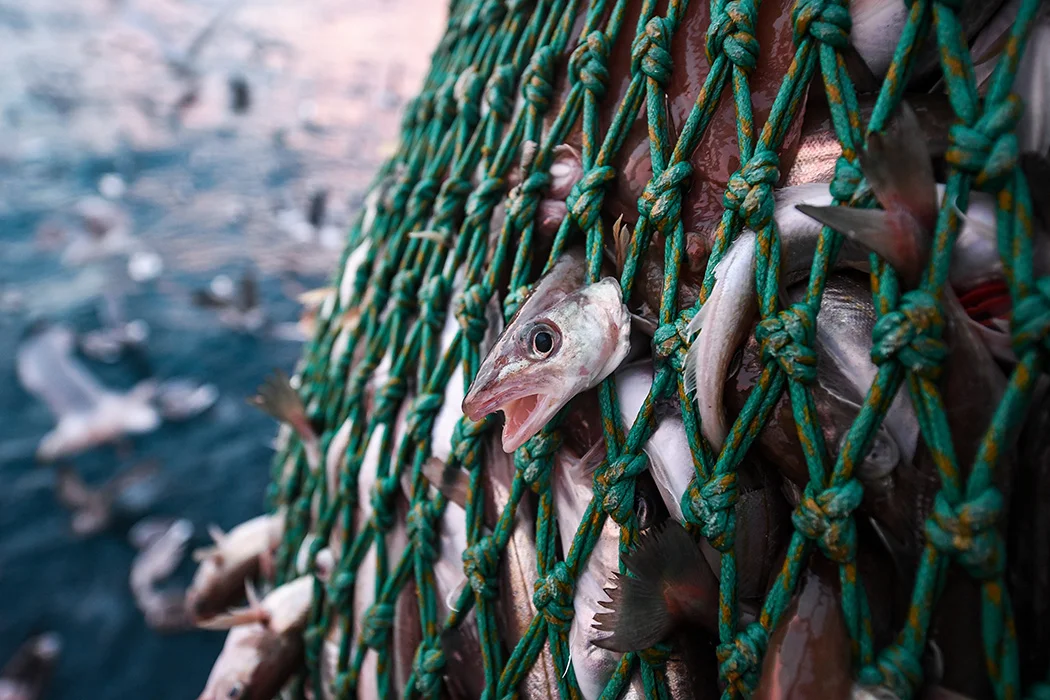
Recognizing the urgent need for action, conservationists and scientists are implementing various strategies to protect freshwater fish populations from further decline. These strategies encompass legal protections, breeding and reintroduction programs, and habitat restoration and protection measures.
Conservationists and scientists are working tirelessly to address the alarming decline in freshwater fish populations. By implementing a range of strategies, they aim to safeguard these vital aquatic ecosystems and the species that depend on them.
Legal Protections for Freshwater Fish
Governments around the world are taking action to protect freshwater fish and their habitats. Enacting legislation and implementing regulations, they are establishing a legal framework to control fishing practices, establish protected areas, and enforce water quality standards.
These legal protections are essential in ensuring the long-term survival of freshwater fish populations. By regulating fishing activities and setting water quality standards, governments are actively working to preserve the delicate balance of these ecosystems.
Breeding and Reintroduction Programs
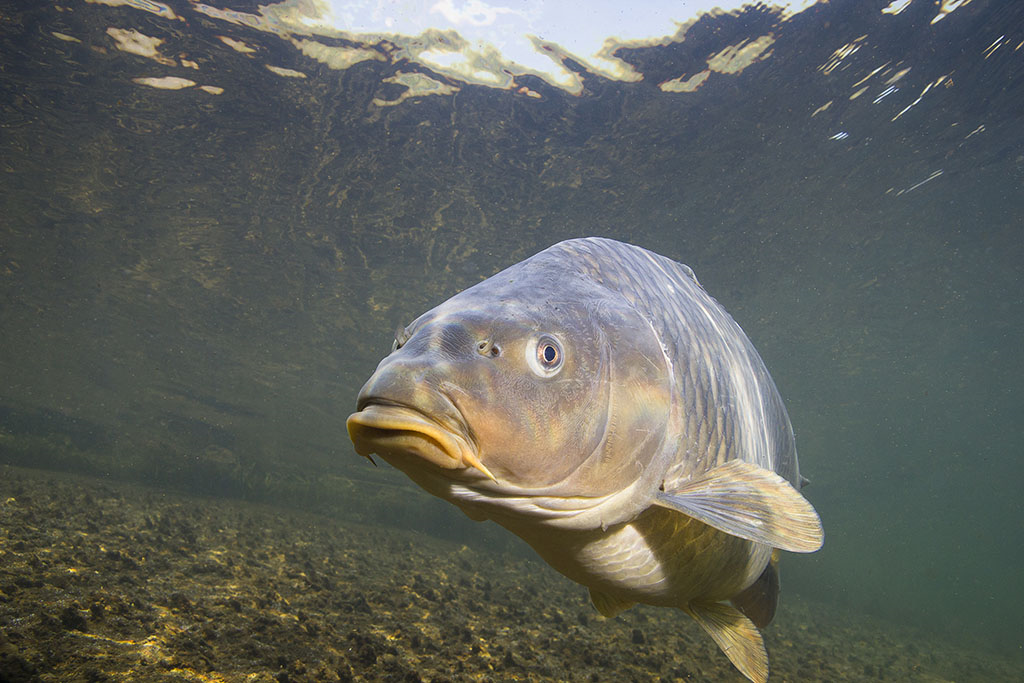
Breeding and reintroduction programs are playing a crucial role in the conservation of freshwater fish. These programs involve the captive breeding of threatened or endangered fish species and their subsequent release into suitable habitats.
By carefully selecting breeding pairs and closely monitoring the genetic diversity of the captive population, scientists are working to ensure the long-term viability of these fish populations. The release of these bred fish into their natural habitats helps to boost population numbers and restore genetic diversity.
Habitat Restoration and Protection
Efforts to restore and protect critical freshwater habitats are underway worldwide. Restoration activities include removing barriers, re-establishing natural river channels, and improving water quality.
Additionally, the establishment of protected areas and the creation of buffer zones around water bodies are crucial in preserving important habitats and reducing human disturbances. These measures help to maintain the delicate balance of these ecosystems and provide safe havens for freshwater fish to thrive.
Conservationists and scientists are working hand in hand to restore and protect freshwater habitats. By focusing on habitat restoration and protection, they are ensuring the long-term survival of these vital ecosystems and the diverse array of species that call them home.
Future Directions in Freshwater Fish Conservation
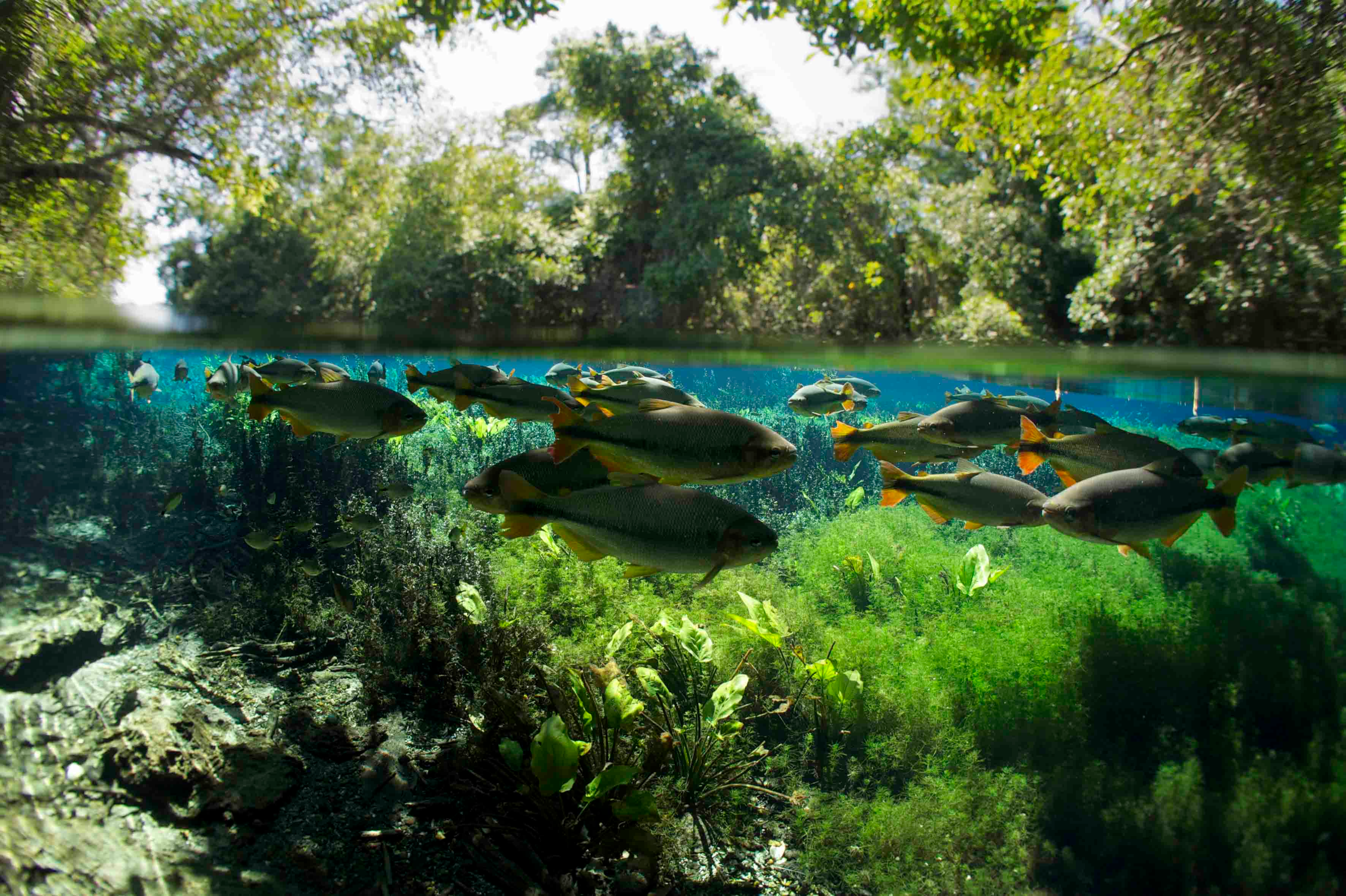
Looking ahead, advancements in technology and community engagement hold promise for the future of freshwater fish conservation. Innovative approaches and policy recommendations can pave the way for a sustainable future for these remarkable creatures.
Technological Innovations in Conservation
New technologies, such as genetic tools and remote sensing techniques, are aiding conservation efforts. Genetic analysis helps scientists understand the population structure and genetic diversity of fish species, enabling targeted conservation actions.
For example, by analyzing the genetic makeup of a fish population, scientists can determine if it is at risk of inbreeding or if it has low genetic diversity, which are indicators of vulnerability. This information can then be used to develop strategies to protect and restore the population.
Remote sensing techniques, such as aerial surveys and satellite monitoring, provide valuable data on habitat conditions and the distribution of fish populations.
Aerial surveys allow scientists to observe large areas of freshwater ecosystems from above, providing a comprehensive view of the landscape and the ability to identify potential threats, such as habitat degradation or pollution.
Satellite monitoring, on the other hand, enables continuous monitoring of changes in water quality and temperature, which are crucial factors for the survival and reproduction of freshwater fish.
The Role of Community Engagement in Conservation
Community engagement plays a pivotal role in fostering the long-term success of freshwater fish conservation. Local communities, indigenous peoples, and stakeholders all have firsthand knowledge and connections with freshwater ecosystems.
Their traditional ecological knowledge, passed down through generations, provides valuable insights into the behavior, migration patterns, and habitat preferences of different fish species.
By involving these groups in decision-making processes and empowering them to take an active role in conservation activities, we can ensure the success and sustainability of conservation efforts.
For example, community-led initiatives, such as fish habitat restoration projects or citizen science programs, not only contribute to the conservation of freshwater fish but also strengthen the bond between communities and their local ecosystems.
Policy Recommendations for Protecting Freshwater Fish
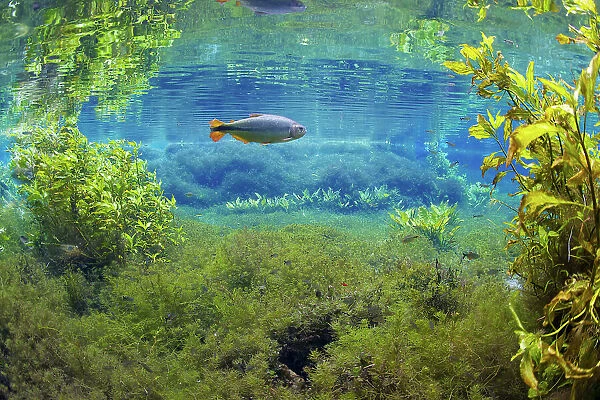
Effective policy recommendations are vital for freshwater fish conservation. These recommendations involve the integration of conservation principles into water resource management, the promotion of sustainable fishing practices, and the establishment of protected areas.
Integrating conservation principles into water resource management involves considering the needs of freshwater fish when making decisions about water allocation and infrastructure development.
For example, maintaining minimum flow requirements in rivers and streams ensures that fish have enough water to survive and reproduce. Additionally, implementing water quality standards that protect against pollution and habitat degradation is crucial for the health of freshwater fish populations.
Promoting sustainable fishing practices is another important aspect of freshwater fish conservation. This includes implementing regulations and guidelines that limit fishing pressure, protect spawning grounds, and encourage responsible angling practices.
By balancing the needs of recreational and commercial fishing with the conservation of fish populations, we can ensure the long-term sustainability of both the fish and the fishing industry.
The establishment of protected areas, such as national parks or marine reserves, is a key strategy for conserving freshwater fish. These protected areas provide safe havens where fish can thrive without the pressures of human activities.
By designating specific areas as off-limits to fishing or other potentially harmful activities, we can create sanctuaries for fish populations to recover and maintain healthy ecosystems.
In conclusion, the diverse and indispensable role of freshwater fish in our ecosystems demands urgent conservation efforts.
By understanding their importance, recognizing the threats they face, and implementing appropriate strategies, we can protect and restore freshwater fish populations.
Only through collective action, technological innovation, and community engagement can we secure a sustainable future for these remarkable species and the ecosystems they inhabit.

